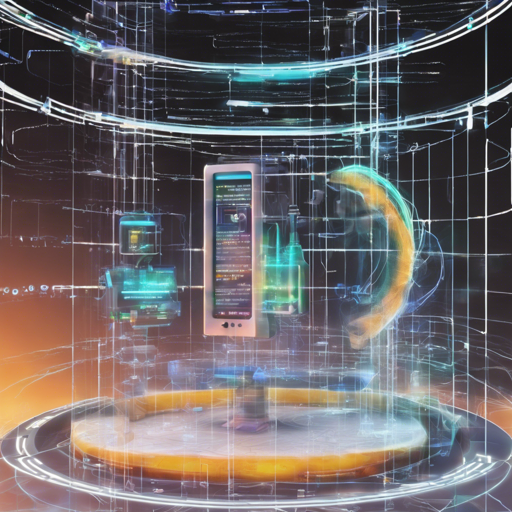In the realm of artificial intelligence, text-to-image models act as skilled artists, capable of visualizing any prompt that users provide. This guide will walk you through the process of fine-tuning a model called SDXL LoRA, which is designed to work with the Stable Diffusion XL architecture. So, grab your digital paintbrushes, and let’s get started!
What You Need
- Python installed on your machine
- Access to Hugging Face’s API
- Stable Diffusion XL model weights
- An API key from Hugging Face
Understanding the Setup: The Toy Factory Analogy
Imagine you’re running a toy factory (your computer). You have a blueprint for a new toy (the SDXL model) that is capable of being shaped into different forms based on the materials you provide (the inputs). The LoRA technique allows you to finely tune this toy’s design to create something more specific – say, a particular type of action figure (like drawing any image you want). Instead of building a whole new factory (retraining the entire model), you’re adjusting it to make exactly what you need!
Step-by-Step Guide to Using the Model
1. Install Necessary Libraries
Firstly, ensure you have the required libraries installed:
pip install requests pillow2. Import Required Libraries
Next, import the libraries in your Python script:
import requests
import io
from PIL import Image3. Set Up Your API Call
Use the following code to set up a function that will communicate with the Hugging Face API:
API_URL = "https://api-inference.huggingface.com/models/ZB-Tech/Text-to-Image"
headers = {"Authorization": "Bearer YOUR_HF_API_KEY"}
def query(payload):
response = requests.post(API_URL, headers=headers, json=payload)
return response.content4. Generate an Image
Now you can generate images based on textual inputs. Here’s how to do it:
image_bytes = query({"inputs": "Astronaut riding a horse"})
image = Image.open(io.BytesIO(image_bytes))Accessing the Image
With the image generated, you can display or save it using PIL:
image.show() # This will open the image in your default viewer
image.save("output_image.png") # Save the imageDownloading the Model Weights
If you need to modify the model weights, you can download them in Safetensors format from the versions tab. Just click the link provided:
Troubleshooting
If you encounter issues while running the code or generating images, here are some troubleshooting tips:
- Ensure that your Hugging Face API Key is correct.
- Check if your internet connection is stable while making requests.
- Verify that all required libraries are installed and updated.
- If the model does not return an image, try different prompts.
For more insights, updates, or to collaborate on AI development projects, stay connected with fxis.ai.
Conclusion
With the SDXL LoRA fine-tuning process, you can unleash your creative potentials by generating unique images from text prompts. Remember, it’s just like molding a toy at your factory! At fxis.ai, we believe that such advancements are crucial for the future of AI, as they enable more comprehensive and effective solutions. Our team is continually exploring new methodologies to push the envelope in artificial intelligence, ensuring that our clients benefit from the latest technological innovations.

